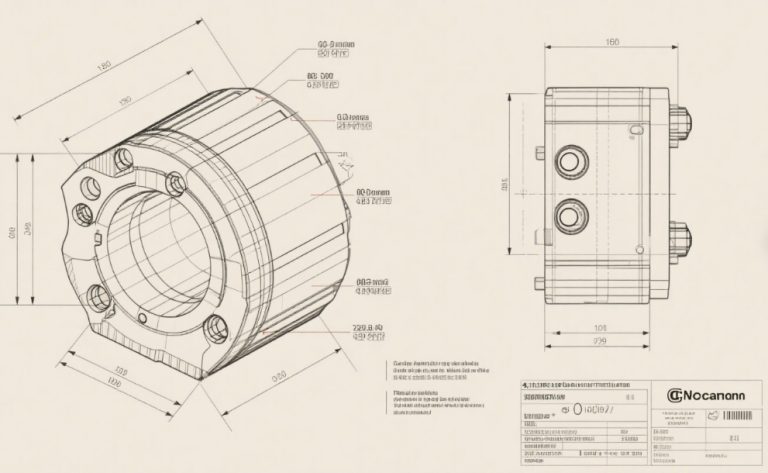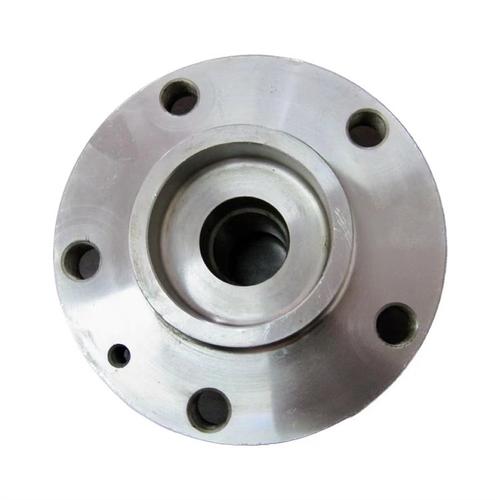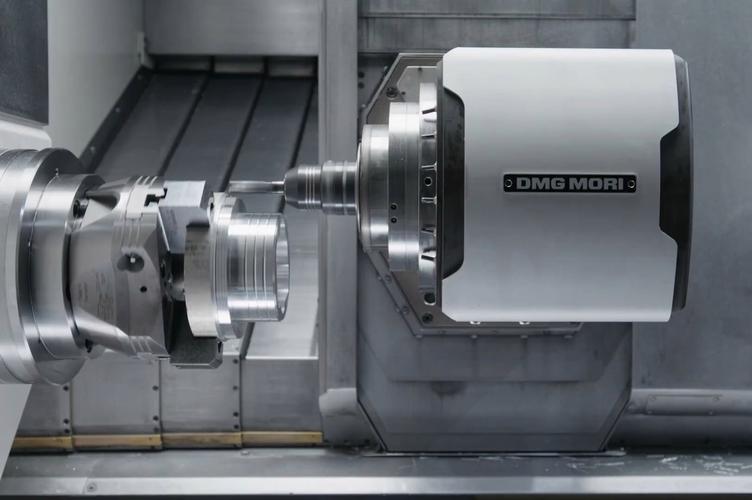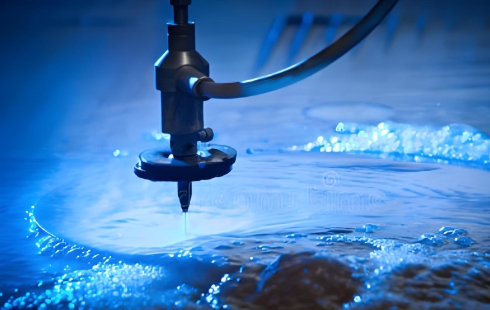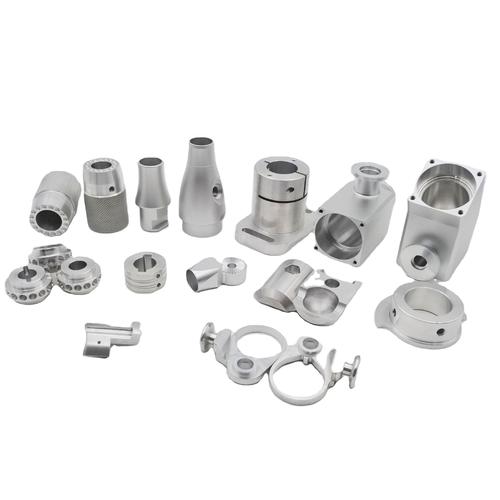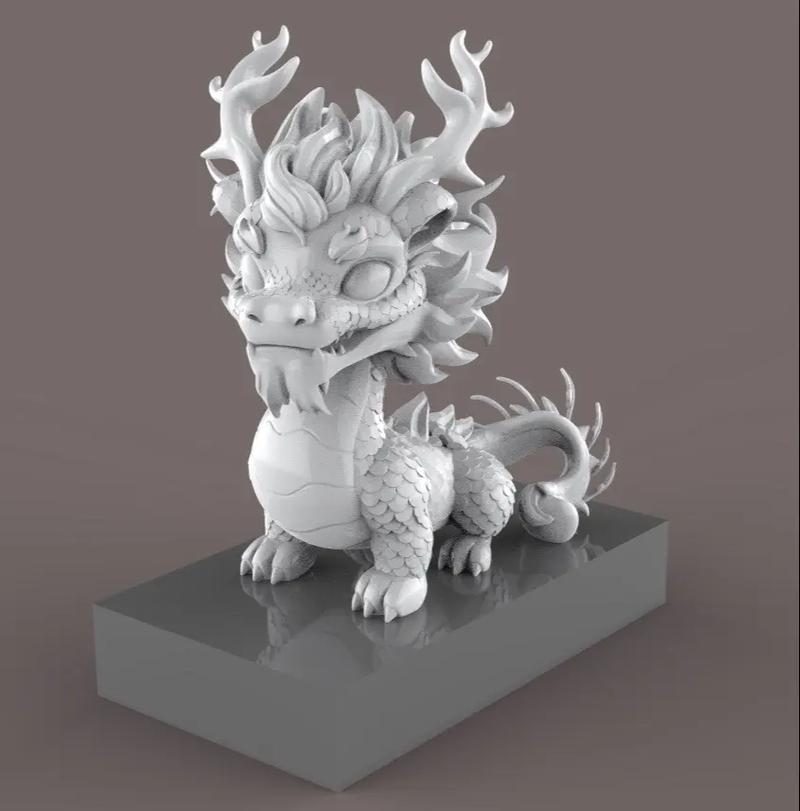
- Geometric shape: The object’s outline (e.g., a cube’s edges, a human face’s curves).
- Topological relationships: How parts of the object connect (e.g., a chair’s legs attached to its seat).
- Attribute information: Visual properties (color, texture, transparency) and physical characteristics (density, rigidity, thermal conductivity).
1. Core Components of a 3D Model (What Makes It “3D”?)
|
Component
|
Definition
|
Key Role
|
|
1. Geometric Primitive
|
The basic building blocks (e.g., points, lines, triangles, polygons, curves) that form the model’s shape.
|
Defines the model’s physical outline —e.g., a sphere is made of hundreds of triangular “facets.”
|
|
2. Topology
|
The logical connection between primitives (e.g., which edges of a polygon attach to another polygon).
|
Ensures the model is “watertight” (no gaps/overlaps) for 3D printing or simulation—critical for industrial parts.
|
|
3. UV Mapping
|
A 2D “unwrap” of the model’s surface that maps 2D textures (e.g., wood grain, metal sheen) to 3D geometry.
|
Adds realistic visual detail—e.g., a 3D model of a wooden table uses UV mapping to align wood texture with the table’s surface.
|
|
4. Metadata
|
Additional data tied to the model (e.g., dimensions, material type, author, creation date).
|
Enables collaboration (e.g., engineers sharing part specs) and workflow integration (e.g., 3D printers reading size data).
|
- Geometric primitives (rectangular polygons for the screen, curved polygons for the edges);
- Topology (screen edges attached to the phone’s frame, no gaps);
- UV mapping (glass texture on the screen, metal texture on the frame);
- Metadata (150mm x 75mm x 7mm dimensions, “ABS plastic” material tag).
2. Classification of 3D Models (By Type & Purpose)
2.1 By Modeling Technique (Core Methods)
|
Model Type
|
Creation Principle
|
Accuracy
|
Best For
|
|
Polygon Mesh Model
|
Built from connected polygons (triangles, quadrilaterals) forming a “mesh” of surfaces.
|
Moderate-High (depends on polygon count)
|
Visualization (Film and television characters, games assets), 3D printing prototypes—most common type (used in Blender, Maya).
|
|
NURBS Model
|
Based on mathematical curves (Non-Uniform Rational B-Splines) that define smooth, precise surfaces.
|
High (mathematically exact)
|
Industrial design (car bodies, aircraft parts), CAD engineering—used in SolidWorks, Rhino.
|
|
Voxel Model
|
Composed of 3D “pixels” (voxels: volume elements) that fill the model’s space (like a 3D grid).
|
Low-Moderate
|
Medical imaging (CT/MRI scans), 3D scanning of organic objects (e.g., fossils)—used in 3D Slicer, MagicaVoxel.
|
|
Parametric Model
|
Defined by adjustable parameters (e.g., “cylinder height = 100mm, radius = 20mm”)—changes to parameters update the model automatically.
|
High
|
Product design (customizable parts), architecture (modular buildings)—used in Fusion 360, Revit.
|
2.2 By Application Scenario (Practical Use Cases)
|
Category
|
Key Requirement
|
Example Models
|
|
Industrial/Engineering
|
Precision (±0.01mm), compatibility with manufacturing tools.
|
Car engine components (CAD models), HVAC system schematics (BIM models).
|
|
Entertainment (影视 / Game)
|
Realism, low file size (for real-time rendering).
|
Movie characters (e.g., “Avatar” Na’vi models), game environments (e.g., Fortnite maps).
|
|
Architecture/Construction
|
Scale accuracy, integration with structural analysis.
|
Building exteriors (BIM models), interior layouts (3D floor plans).
|
|
Medical/Healthcare
|
Anatomical accuracy, compatibility with imaging data.
|
Patient-specific organ models (from MRI scans), dental crown prototypes.
|
|
Educational/Research
|
Simplified geometry, focus on concept visualization.
|
3D models of DNA strands, planet models for astronomy lessons.
|
3. How 3D Models Are Created (Standard Workflow)
Step 1: Define Requirements & Concept
- Clarify goals: Is the model for 3D printing (needs watertight geometry) or VR (needs low polygon count)?
- Gather references: Use photos, sketches, or physical objects (e.g., a hand-drawn sketch of a lamp) to guide shape.
Step 2: Choose Modeling Tool & Technique
- For polygon models (visualization): Blender (free), Maya (professional).
- For NURBS/CAD models (engineering): SolidWorks (industrial), Rhino (design).
- For parametric models (customizable parts): Fusion 360 (hobbyists/engineers), Revit (architecture).
Step 3: Build the Base Geometry
- Polygon modeling: Start with a primitive (e.g., a cube), then extrude (stretch), subdivide (add detail), or sculpt (shape like clay) to refine the form.
- NURBS modeling: Draw 2D curves (e.g., a car’s side profile), then loft (stretch curves into 3D surfaces) to create smooth shapes.
- 3D scanning (alternative): For physical objects, use a 3D scanner (e.g., EinScan) to capture geometry directly, then clean up the scan data in software (e.g., Meshlab).
Step 4: Add Details & Attributes
- Topology optimization: Fix gaps/overlaps (use “sew” tools in Blender) to make the model watertight (critical for 3D printing).
- Texturing: Apply UV mapping, then add textures (e.g., a concrete texture for a building model) using software like Substance Painter.
- Material assignment: Define physical properties (e.g., “glass” = transparent, “steel” = reflective) for rendering or simulation.
Step 5: Validate & Export
- Check accuracy: Use measurement tools (e.g., in SolidWorks) to verify dimensions match specs.
- Optimize for use case: Reduce polygon count (for real-time apps) or export as STEP/IGES (for CAD manufacturing).
- Export to standard format:
-
- Visualization: .OBJ, .FBX (compatible with Blender/Maya).
-
- 3D printing: .STL, .3MF (readable by slicers like Cura).
-
- Engineering: .STEP, .IGES (universal CAD formats).
4. 3D Models vs. Related Concepts (Avoid Confusion)
|
Term
|
Relationship to 3D Models
|
Key Difference
|
|
3D Printing
|
3D models are the “digital blueprint” for 3D printing—printers convert .STL/.3MF models into physical objects.
|
3D printing is a manufacturing process; 3D models are the digital input for that process.
|
|
CAD (Computer-Aided Design)
|
CAD is a toolset for creating 3D models (mostly industrial/engineering models).
|
CAD is software/process; 3D models are the output of CAD.
|
|
VR/AR
|
VR/AR rely on 3D models to create immersive environments (e.g., a VR house tour uses a 3D model of the house).
|
VR/AR is an experience platform; 3D models are the content that powers the experience.
|
|
2D Drawings
|
2D drawings are flat representations; 3D models can generate 2D views (e.g., a top-down blueprint from a 3D house model).
|
2D lacks depth; 3D models capture all three dimensions (X/Y/Z axes).
|
5. Common Myths About 3D Models
Myth 1: “3D models must have millions of polygons to be good.”
Myth 2: “3D scanning creates perfect 3D models automatically.”
Myth 3: “All 3D models work for 3D printing.”
Myth 4: “3D models are only for professionals.”
6. The Value of 3D Models in Industry & Society
6.1 Industrial Manufacturing
- Reduced prototyping costs: Testing a digital 3D model (via simulation) costs 90% less than building a physical prototype.
- Customization: Parametric 3D models enable mass customization (e.g., custom shoe soles 3D printed from user foot scans).
6.2 Healthcare
- Precision medicine: Patient-specific 3D models of tumors or organs let surgeons practice procedures before surgery—reducing operation time by 30% (per Johns Hopkins research).
- Prosthetics: 3D models of limbs enable low-cost, custom prosthetics (e.g., e-NABLE’s open-source 3D printed hands).
6.3 Architecture & Construction
- BIM (Building Information Modeling): 3D models integrate structural, electrical, and plumbing data—reducing construction errors by 20% (per McKinsey).
- Sustainability: 3D models simulate energy use (e.g., sunlight exposure) to optimize building efficiency.
6.4 Entertainment
- Immersive experiences: 3D models of characters and environments power modern movies (e.g., “Dune”’s sandworms) and VR games (e.g., “Half-Life: Alyx”).
7. Future Trends in 3D Modeling
- AI-Assisted Modeling: Tools like NVIDIA Instant NeRF generate 3D models from 2D photos in minutes (vs. hours of manual work).
- Real-Time Collaboration: Cloud-based tools (e.g., Onshape) let teams edit 3D models simultaneously—accelerating design workflows.
- Generative Design: AI generates optimized 3D models based on constraints (e.g., “lightweight but strong enough for a drone frame”)—used by Airbus to reduce part weight by 40%.


